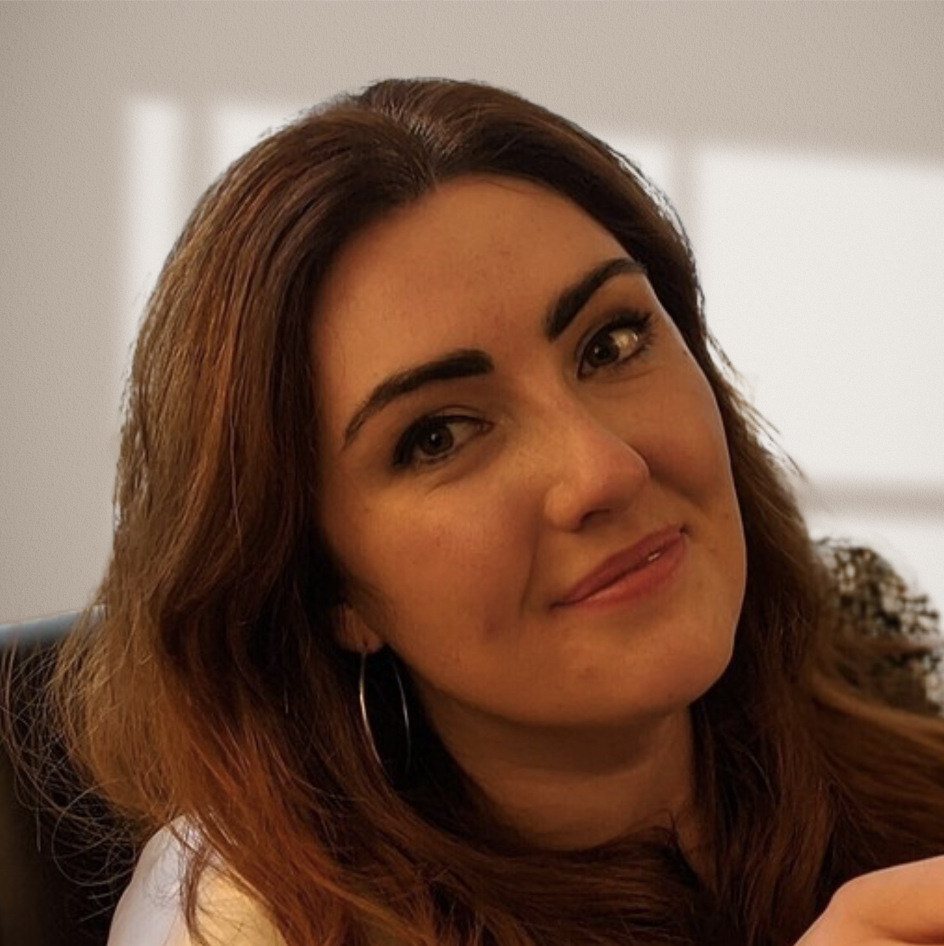

What to expect from the Year 1 maths curriculum and how to help your learners as they start their Key Stage 1 adventure.

Author
Mhairi Sim
Published
February 2024


What to expect from the Year 1 maths curriculum and how to help your learners as they start their Key Stage 1 adventure.

Author
Mhairi Sim
Published
February 2024


What to expect from the Year 1 maths curriculum and how to help your learners as they start their Key Stage 1 adventure.

Author
Mhairi Sim
Published
February 2024


Key Takeaways
Table of contents
The national curriculum is followed by all state-funded schools across England and is split into four different Key Stages. Our Year 1 students are right at the beginning of this exciting journey as they begin the Key Stage 1 curriculum!
Within the Key Stage 1 maths curriculum, Year 1 pupils will begin to build the basic mathematical skills they’ll require throughout their school lives and beyond. This year can be a big step up for learners so it’s important to know exactly what they need to know by the end of Year 1 to make sure they’re on track!
Each subject within the curriculum has a year-by-year guide that states what students should have learned by the end of that year. Let’s take a closer look at these statutory requirements and break down the maths national curriculum Year 1 pupils will follow.
The common core kindergarten math standards address five main topics: counting and cardinality, operations and algebraic thinking, number and operations in Base 10, measurement and data, and geometry.
Following the national maths curriculum, Year 1 students will be focusing their learning within six main areas of maths:
The first four areas of learning all fall under the subcategory of number. This means they each focus on different aspects of working with numbers to perform different calculations.
Learners will explore the four operations (addition, subtraction, multiplication and division) and how to use these to solve a range of problems with numbers up to 100.
In the Year 1 maths curriculum, pupils will start to get familiar with the place value of numbers from 0 to 100. They’ll learn to read and write these using numerals and learn to write up to the number 20 using words.
By the end of the year, learners will be able to identify one more and one less of a given number and count in multiples of twos, fives, and tens. Using skip counting games is an excellent way to practice these skills and get some practice in with learners!
Your little ones will also get to grips with the basics of addition and subtraction in Year 1 and they’ll use lots of concrete materials (or physical objects) to help! By the end of the year they’ll have mastered:
The Year 1 maths curriculum will see students start their journey into the topic of multiplication and division using physical objects like blocks or counters. This is a super way for little learners to have a visual representation of this process and they’ll be able to practise multiplying or dividing using visual strategies like grouping and sharing.
Fractions are kept very simple in Year 1, focusing only on halves and quarters. By the end of the Year 1 maths curriculum, students will be able to:
As they follow the maths national curriculum Year 1 students will cover three key aspects in the measurement topic; measure, money, and time. There’s a lot to cover here, so learners need lots of opportunities to practice these key skills that they’ll use throughout the rest of their lives!
They’ll learn to sequence events in chronological order using appropriate vocabulary like next, after, tomorrow, and yesterday. By the end of Year 1, they’ll have also developed their knowledge of other time-related language that relates to dates, days of the week, months and years.
In line with the national curriculum, Year 1 maths students will delve into the world of geometry! This topic is an excellent opportunity for some hands-on fun where little learners can get creative with 2-D and 3-D shapes.
In Year 1, students will spend a lot of time getting to know their basic 2-D and 3-D shapes. By the end of the year they should be able to:
Within this topic, students also will be taught the basics of position and direction in the form of turns. By the end of Year 1, they should be able to describe directions and movements in terms of whole, half, quarter, and three-quarter turns.
Unlock unlimited maths questions
Put your skills to the test with fun exercises + maths games that are proven to boost ability!
Try DoodleMaths for free!
Select a year group
Thankfully, there are no statutory formal maths assessments that students need to complete in Year 1. They’ll instead be continuously assessed by their class teacher throughout the year.
To do this, teachers will use a range of informal assessment methods to continuously monitor their pupils’ understanding of topics. Teachers then use this information to plan the next steps in their class’ learning to ensure nobody is left behind.
There are so many fantastic ways to help little ones with Year 1 maths. You can incorporate maths practice in their daily routine through play, songs, and conversations to build familiarity with different concepts.
The DoodleMaths maths app is an award-winning app that is fully aligned with the Year 1 maths curriculum. It can be used at home to build confidence and provide a completely tailored programme of fun and exciting games and activities for learners.
There’s no doubt that there’s a lot to cover in Year 1! Knowing the statutory requirements that students need to achieve by the end of the year is a fantastic place to start as you guide your learners through this tricky, but rewarding year.
If you’re not sure where to start with your little learner, why not try out this list of 50 maths questions for Year 1 students to check on their progress? Their answers will give you a good idea of areas they’re strong in and others where they might need some more practice.
Lesson credits

Mhairi Sim
Mhairi is an experienced teacher, freelance writer and parent. After completing her bachelor's degree in Psychology, she graduated as a teacher from the University of Strathclyde. She then built experience teaching across KS1 and KS2 throughout the UK. In addition to working in mainstream education, Mhairi specialised in the additional support needs sector, including social, emotional, and behavioural support.

Mhairi Sim
Mhairi is an experienced teacher, freelance writer and parent. After completing her bachelor's degree in Psychology, she graduated as a teacher from the University of Strathclyde. She then built experience teaching across KS1 and KS2 throughout the UK. In addition to working in mainstream education, Mhairi specialised in the additional support needs sector, including social, emotional, and behavioural support.
Book a chat with our team
If you’d like to use Doodle’s browser version, please visit this page on a desktop.
To log in to Doodle on this device, you can do so through our apps. You can find out how to download them here: